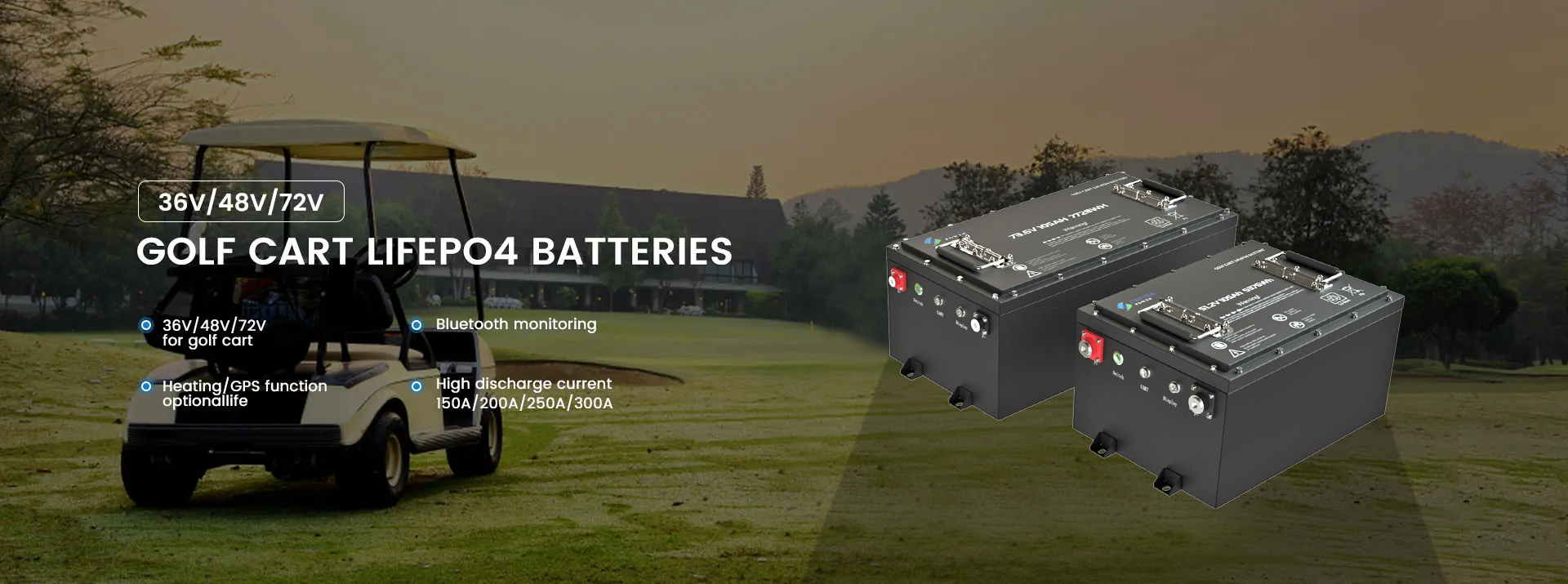-
-
1. Battery Sulfation (Lead-Acid Batteries)
- Issue: Sulfation occurs when lead-acid batteries are left discharged for too long, allowing sulfate crystals to form on the battery plates. This can block the chemical reactions needed to recharge the battery.
- Solution: If caught early, some chargers have a desulfation mode to break down these crystals. Regularly using a desulfator or following a consistent charging routine can also help prevent sulfation.
2. Voltage Imbalance in Battery Pack
- Issue: If you have multiple batteries in a series, an imbalance can occur if one battery has a significantly lower voltage than the others. This imbalance can confuse the charger and prevent effective charging.
- Solution: Test each battery individually to identify any discrepancies in voltage. Replacing or rebalancing the batteries may resolve this issue. Some chargers offer equalization modes to balance batteries in a series.
3. Faulty Battery Management System (BMS) in Lithium-Ion Batteries
- Issue: For golf carts using lithium-ion batteries, a BMS protects and regulates charging. If it malfunctions, it may stop the battery from charging as a protective measure.
- Solution: Check for any error codes or alerts from the BMS, and refer to the battery’s manual for troubleshooting steps. A technician can reset or repair the BMS if needed.
4. Charger Compatibility
- Issue: Not all chargers are compatible with every battery type. Using an incompatible charger may prevent proper charging or even damage the battery.
- Solution: Double-check that the charger’s voltage and ampere ratings match your battery’s specifications. Ensure it’s designed for the type of battery you have (lead-acid or lithium-ion).
5. Overheating or Overcooling Protection
- Issue: Some chargers and batteries have built-in temperature sensors to protect against extreme conditions. If the battery or charger gets too hot or too cold, charging might be paused or disabled.
- Solution: Ensure the charger and battery are in an environment with moderate temperatures. Avoid charging immediately after heavy use, as the battery may be too warm.
6. Circuit Breakers or Fuses
- Issue: Many golf carts are equipped with fuses or circuit breakers that protect the electrical system. If one has blown or tripped, it could prevent the charger from connecting to the battery.
- Solution: Inspect the fuses and circuit breakers in your golf cart, and replace any that may have blown.
7. Onboard Charger Malfunction
- Issue: For golf carts with an onboard charger, a malfunction or wiring issue can prevent charging. Damage to internal wiring or components could disrupt power flow.
- Solution: Inspect for any visible damage to wiring or components within the onboard charging system. In some cases, a reset or replacement of the onboard charger may be necessary.
8. Regular Battery Maintenance
- Tip: Ensure your battery is properly maintained. For lead-acid batteries, clean terminals regularly, keep water levels topped up, and avoid deep discharges whenever possible. For lithium-ion batteries, avoid storing them in extremely hot or cold conditions and follow manufacturer recommendations for charging intervals.
Troubleshooting Checklist:
- 1. Visual Inspection: Check for loose or corroded connections, low water levels (for lead-acid), or visible damage.
- 2. Test Voltage: Use a voltmeter to check the battery’s resting voltage. If it’s too low, the charger may not recognize it and won’t start charging.
- 3. Test with Another Charger: If possible, test the battery with a different, compatible charger to isolate the issue.
- 4. Inspect for Error Codes: Modern chargers often display error codes. Consult the manual for error explanations.
- 5. Professional Diagnostics: If issues persist, a technician can conduct a full diagnostic test to assess the battery’s health and charger functionality.
-
Post time: Oct-28-2024






